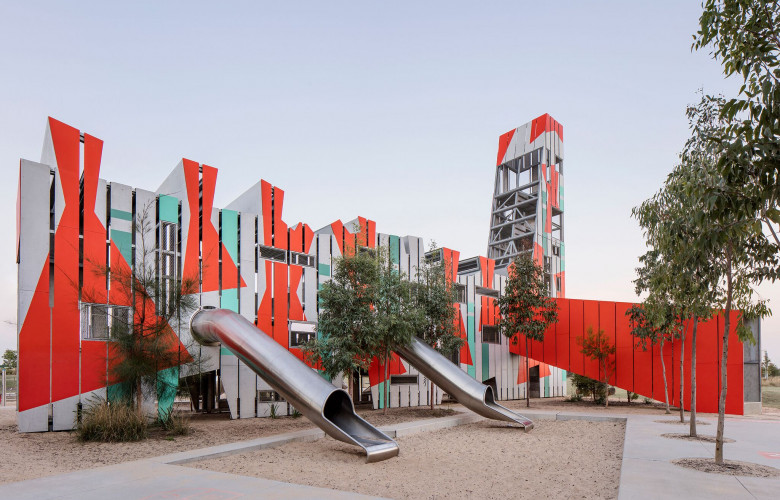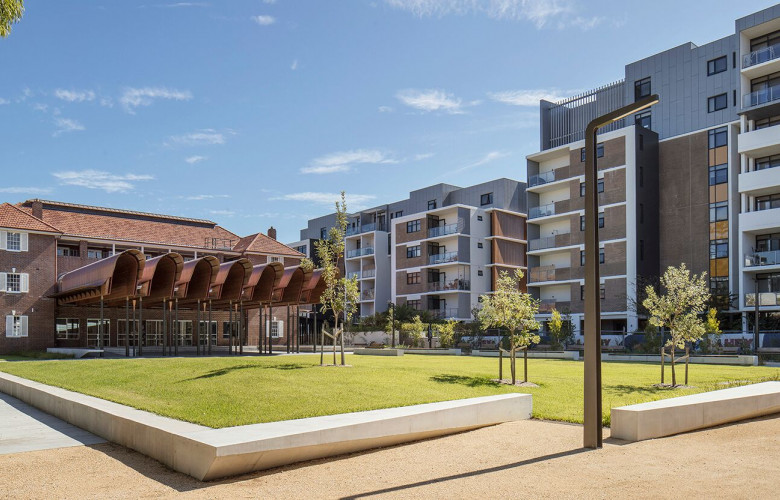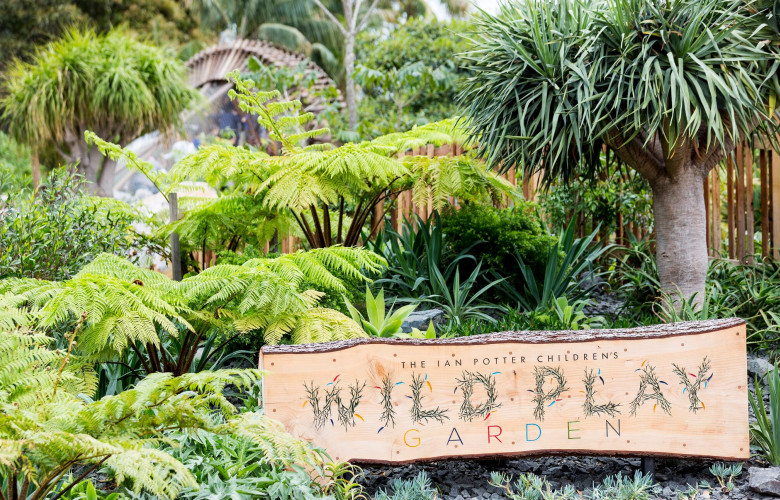Fifteen projects were acknowledged over 12 categories, at an event where 165 of the industry’s professionals gathered to celebrate landscapes of all sizes across the state.
The annual awards program acknowledges how landscape architects conceive, reimagine and transform the city from streetscapes to parks and playgrounds, transport solutions to tourism strategies, new suburbs to new ways of living.
AILA NSW President, Mark Tyrrell, said the awards are a timely reminder of how landscape architects have been at the core of making cities more liveable, green and healthy.
“The entries show how landscape design and planning is the fundamental basis for the liveability of new urban areas and the remaking and re-imagining of existing urban areas. Ranging from broad landscape and urban management frameworks, to research that addresses climate change and better planning process to exquisite detailed design, the entries are proof of a vital and rigorous profession in NSW”
“Landscape architects represent a profession increasingly dominating policy debate. Landscape architects are beginning to lead policy making to deliver exemplary outcomes for our cities, towns, regions and their inhabitants," he told WILLIAMS MEDIA.
The winners include:
Civic Landscape Excellence Award - Matron Ruby Grant Park

Image supplied by AILA.
"Originally entered into the ‘Parks’ Category, the jury were unanimous in thinking this project displays excellence as a civic design.
"The design manages to enrich and further articulate the surrounding public domain, using a simple and restrained palette of materials, finely detailed without being busy. Water appears playfully and reflectively as an integral part of the design without needing to be a ‘feature’: it is an integral part of the storm water management, as an active element in an exquisitely crafted water basin and as bubblers which were part of the architectural design," the citation reads.
Imaged supplied by AILA.
"The current and latest stage of the Coal Loader is the result of many different stages of work which have progressively delivered a sympathetic and usable interpretation of a collection of heritage buildings, materials and new uses over the entire site," the citation reads.
Image supplied by AILA.
"This project is the last link in a 13.5 km long–term project cycleway to link Captain Cook Bridge to Kurnell but it is much more than a simple ‘missing link’.
"While it may be classed as ‘infrastructure’ it has also recreated saltmarsh, revealed and reframed the cultural heritage of oyster farming, re-valued mangroves and provides an unexpected panoramic view out to the expanse of the bay after passing through industrial streets and a tunnel of casuarina and mangroves," the citation says.
Image supplied by AILA.
"On an undulating hillside within Centennial Park one enters a secret garden in which the play elements merge with the landscape setting, creating a journey of discovery for children and their families.
It breaks out of the usual paradigm in which the play structures stand in isolation for children to play whilst the parents sit around the periphery. The inventive, site specific play elements are made of natural materials.
They include a tree house and climbing structure with a slippery slide, water-play ponds and fountains, bamboo tunnels and maze-like spaces, timber beam balance structures arranged to represent the famous Centennial Park eel," says the citation.
Image supplied by AILA.
"Bungaribee is a new public park in Western Sydney that artfully combines recreation, culture and environment. The park’s design presents a new and innovative parkland type for Western Sydney.
"The Park gains much of its strength and relevance through the development of design approaches that use scale, materials, art and ecologies to celebrate both existing and new landscapes layered within the site," the citation says.
Related reading:












